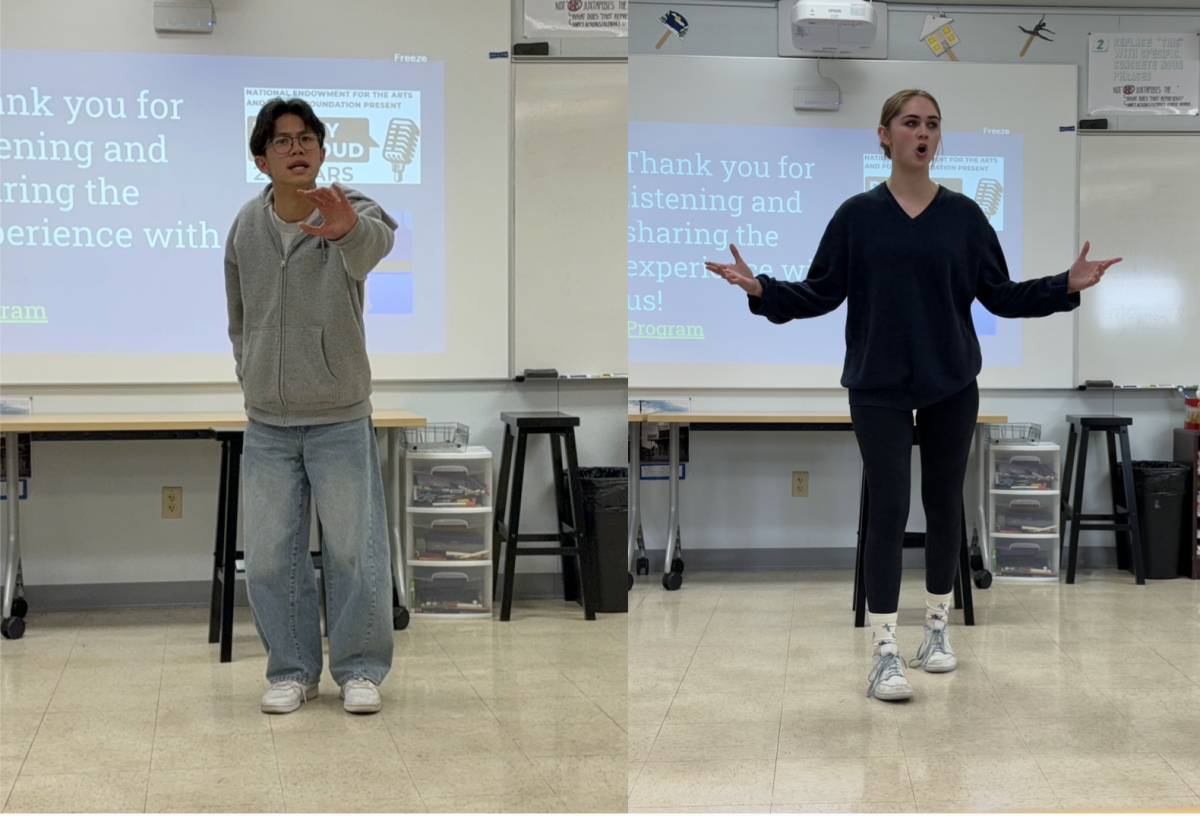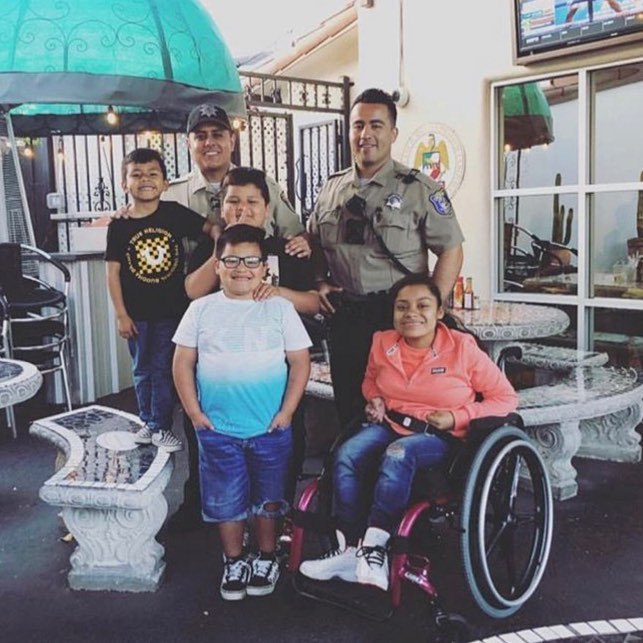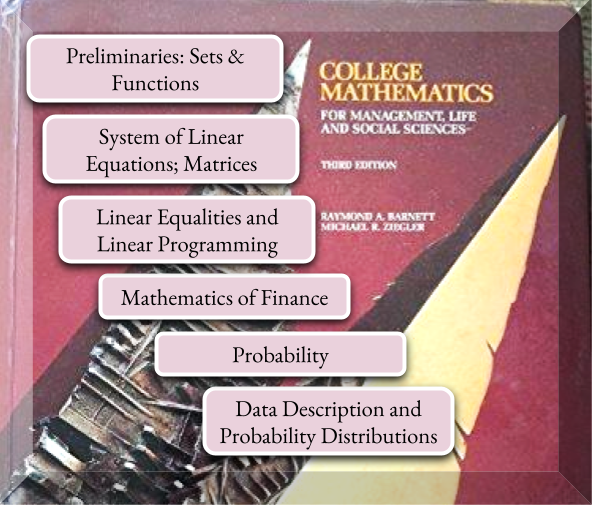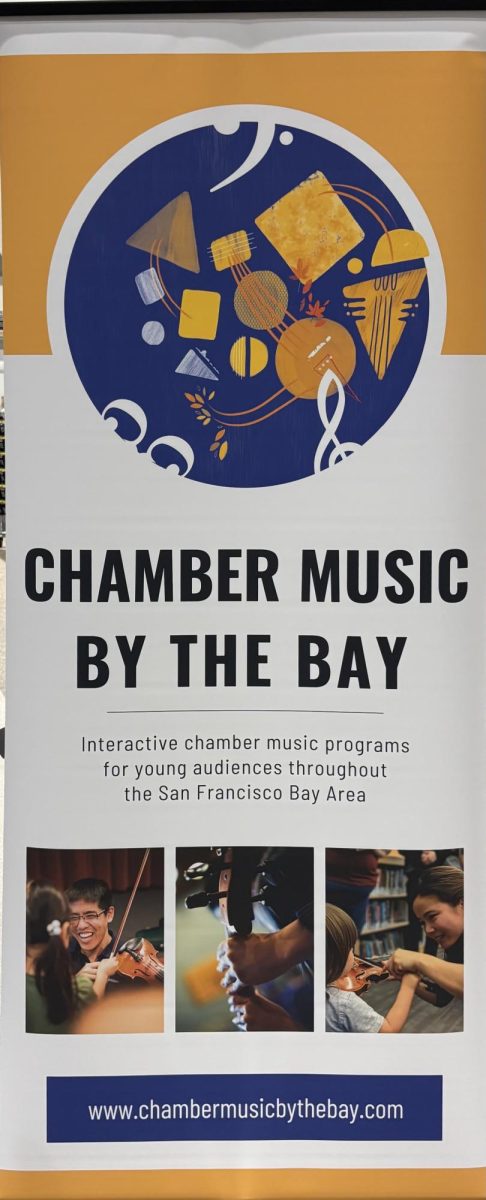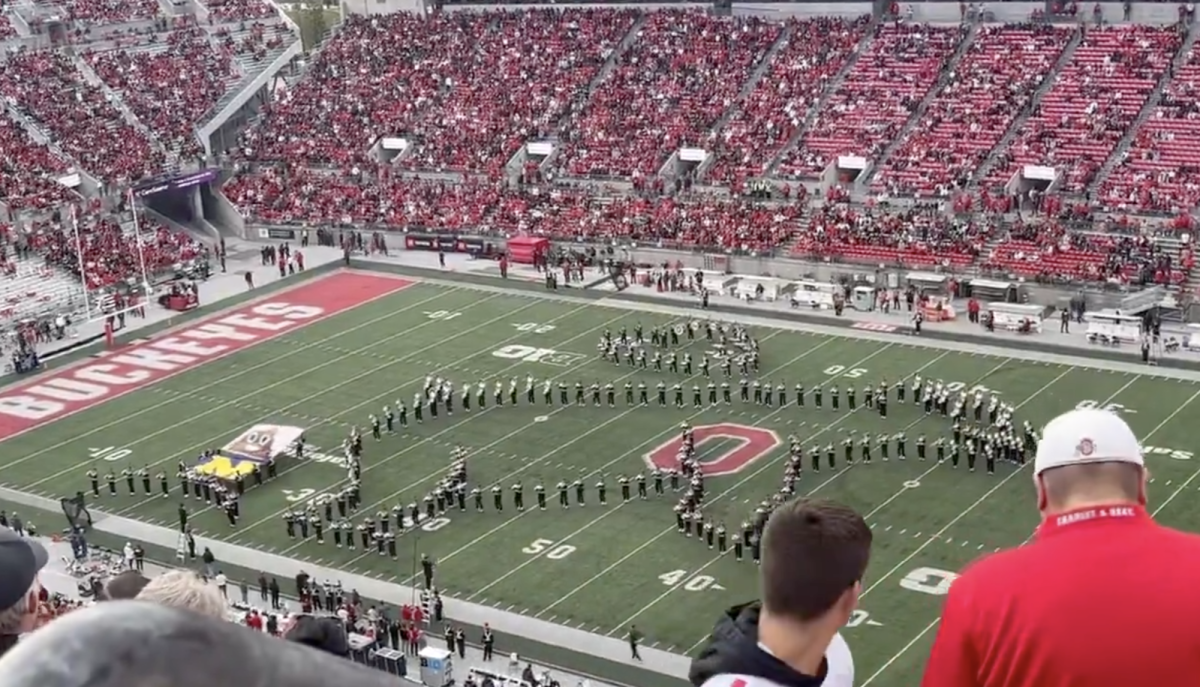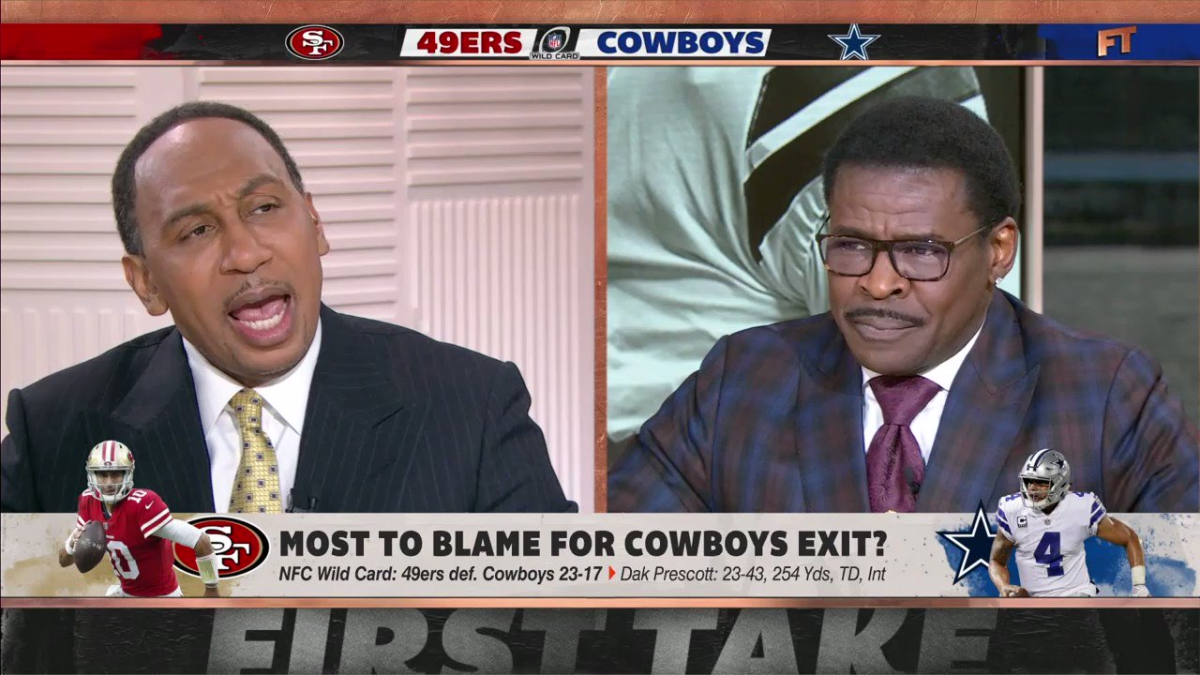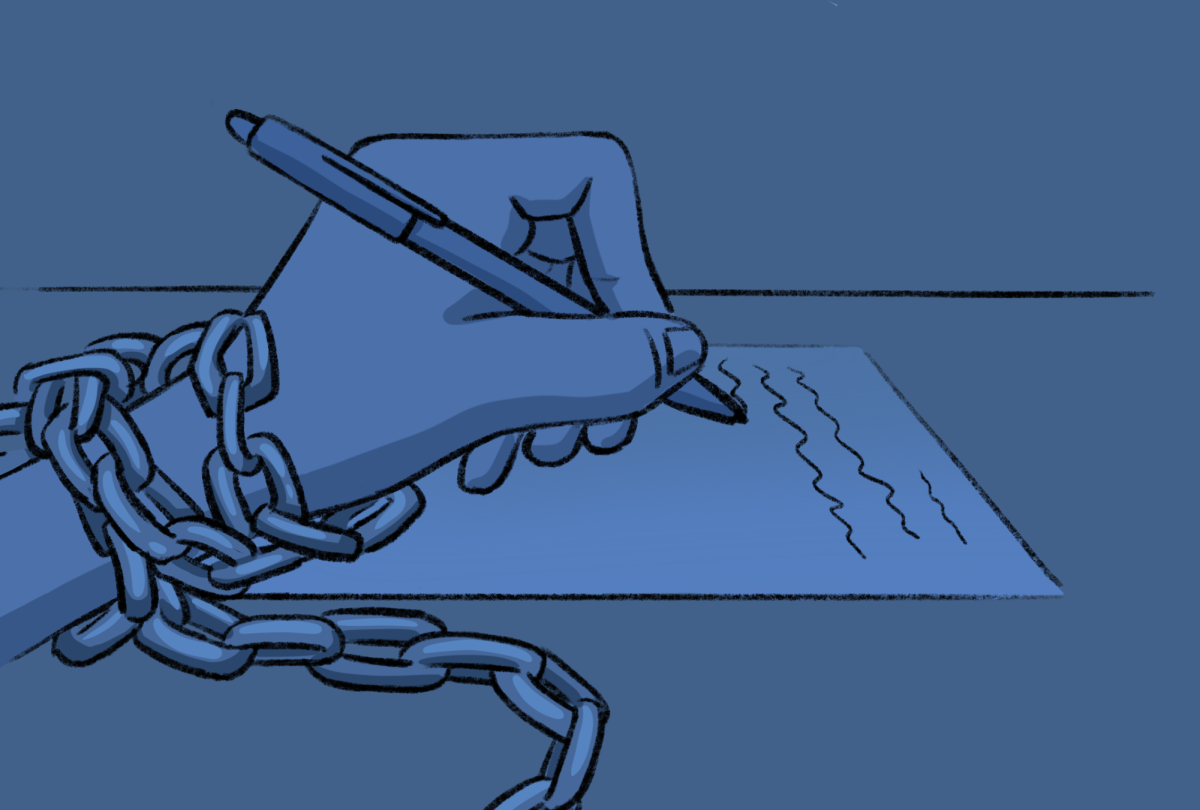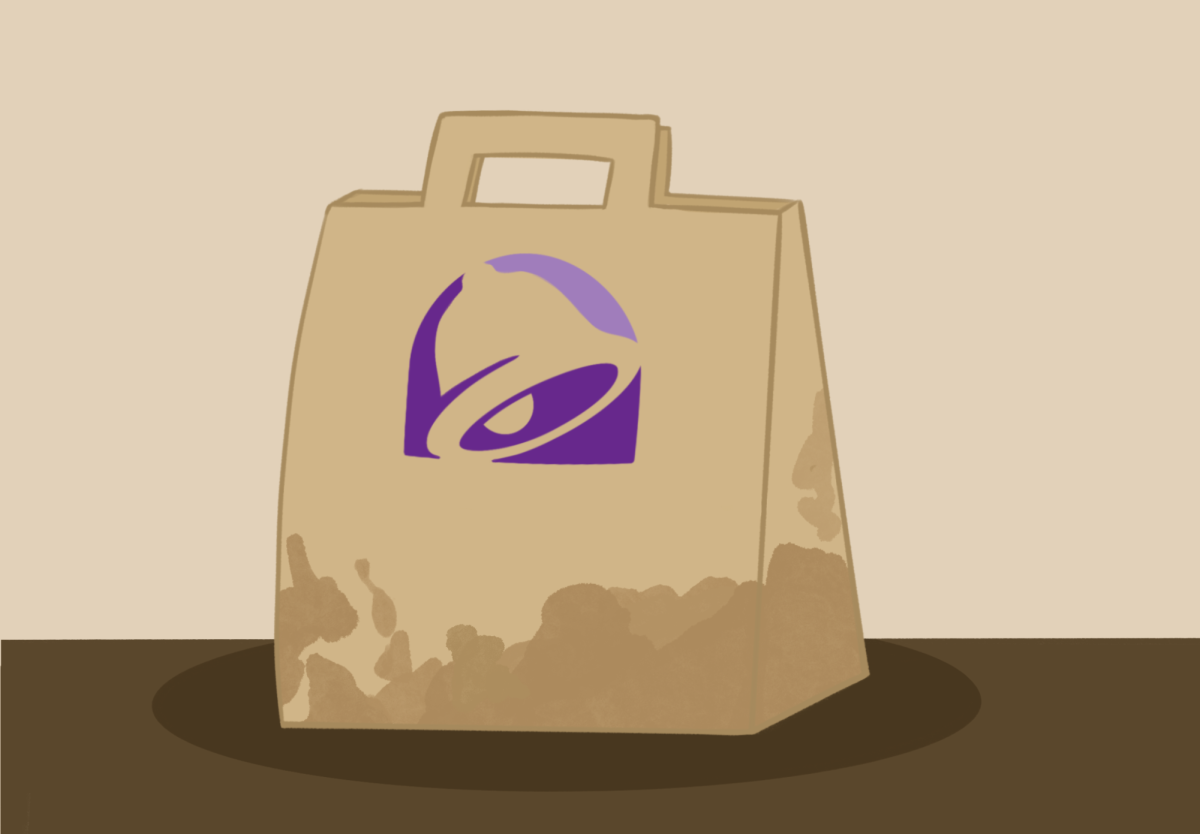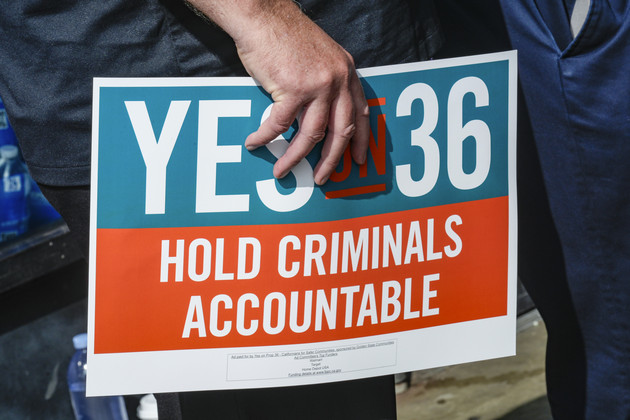As the Nov. 5 election inches closer, Proposition 36 remains perhaps the most eye-catching proposition on the California ballot. Garnering an estimated 71% of votes supporting it in polls, Prop 36 promises to alter the state’s approach to theft and drug-related offenses.
Prop 36 proposes several key reforms to current theft and drug laws. It aims to increase punishment while preventing drug dealing and theft by giving felonies to repeat offenders, creating new treatment-based processes for certain drugs and a harsher punishment for dealers.
The first major effect of Prop 36 exists in making certain misdemeanors into felonies. For example, theft under $950 is a felony if the perpetrator has two prior offenses.
It also lengthens and forces certain offenses to be served in prison rather than county jail. This distinction is crucial as jails serve as short-term facilities while prisons are federally managed and designed for long-term incarceration. Under Prop 36, selling drugs like fentanyl, heroin, cocaine or methamphetamine would result in felonies and mandatory prison sentences.
Also, to address the root cause of drug offenses, treatment-based processes are introduced, allowing the possession of drugs to be charged with a “treatment-mandated felony” instead of a misdemeanor. Offenders convicted of felonies will receive mental health and drug rehabilitation. After successfully undergoing such treatment, their charges will be dropped.
It also introduces the “Watson Advisement,” which legally requires courts to inform offenders about murder charges if the drugs they sold result in someone’s death.
The fiscal effects of Prop 36 are uncertain. The proposition will increase prison populations and the state court workload; however, the California Legislative Analyst’s Office (LAO) states the increased costs wouldn’t amount to even 0.5% of the General Fund, which is used to pay for public services.
For Saratoga residents, the proposition is even more crucial because it is the only legislation Sam Liccardo and Evan Low disagree on. Low is against the proposition, and Liccardo is in favor of it.
Low’s reasoning for his opposition is that he doesn’t want to “go back to the era of mass incarceration.” Opponents of this legislation typically say that this is returning the state to an unsuccessful “war on drugs.” Implementing this legislation would repeal multiple portions of Prop 47, a proposition approved by voters in 2014 to help end the war on drugs, lowering the sentences of drug possession and theft. It effectively decreased California’s prison population by 40,000, and is widely blamed for a spike in property crimes by repeat offenders who felt that even if they were caught, penalties wouldn’t be severe.
The problems of crime in the state are easy to see. San Francisco has some of the highest crime rates in the Nation, a whopping 66.64 crimes per 1,000 residents, 58.89 out of 66.64 being property theft.
California’s drug problem is also growing out of hand, a 121% spike in fentanyl overdoses from 2019 to 2021, more deaths from overdoses than car crashes in 2021 and a third of emergency room visits being related to opiods.
I would recommend a vote of yes on this measure. Holding criminals accountable is important, considering the low estimated cost of not even half a percent of the General Fund. Right now, the issue isn’t a war on drugs; it’s to put an end to the soaring high crime and drug rates in California, and prop 36 is the solution.

